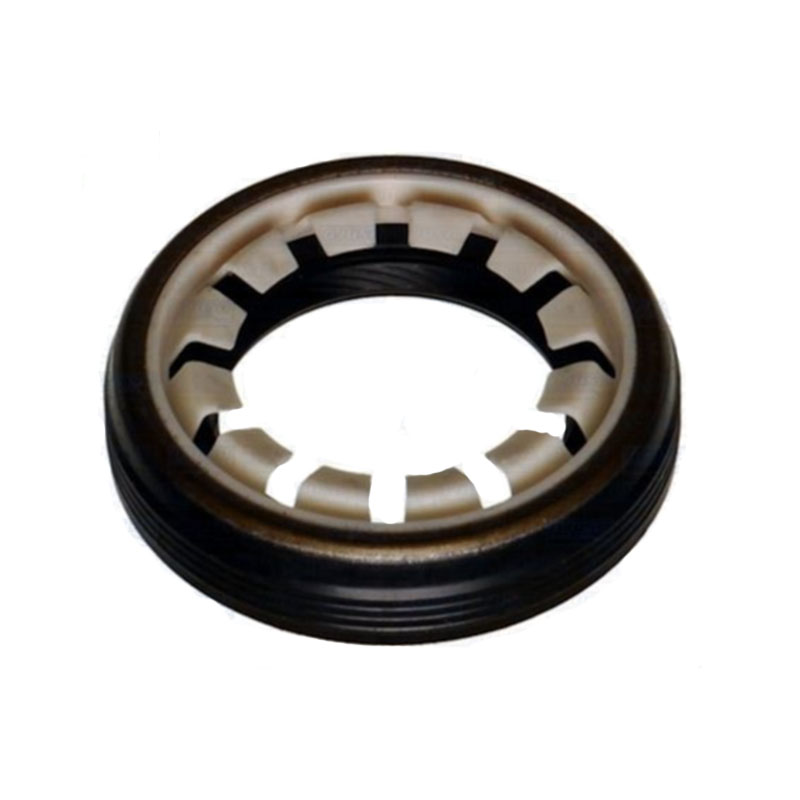oil seal dimension
Understanding Oil Seal Dimensions and Their Importance
Oil seals, also known as shaft seals or rotary seals, play a crucial role in various machinery and equipment by preventing the leakage of lubricants while keeping contaminants out. The effectiveness of an oil seal is largely dependent on its dimensions, which must be precisely matched to the applications for which they are intended. In this article, we will explore the importance of oil seal dimensions and the factors that influence their design.
Key Dimensions of Oil Seals
The primary dimensions of an oil seal include the inner diameter (ID), outer diameter (OD), width, and the thickness of the sealing lip. Each of these measurements is critical
1. Inner Diameter (ID) This dimension is the inner opening of the seal that fits onto the rotating shaft. A proper ID ensures a tight fit, allowing the seal to perform its function without slipping or causing excessive wear on the shaft.
2. Outer Diameter (OD) The outer diameter is crucial for ensuring a secure fit in the housing. If the OD is too large or too small, it can lead to installation difficulties and can compromise the seal's performance.
3. Width The width of the seal affects the surface contact area between the seal and the shaft. A wider seal typically offers better sealing capabilities but may require more space in the housing.
4. Sealing Lip Thickness The thickness of the sealing lip influences how well the seal can maintain contact with the shaft and withstand pressure. A thicker lip can provide enhanced sealing but may lead to increased friction.
oil seal dimension

Factors Influencing Seal Dimensions
Several factors must be considered when determining the appropriate dimensions for an oil seal
- Operating Conditions The environmental conditions in which the equipment operates can significantly influence the seal's design. High temperatures, extreme pressures, and exposure to various chemicals require seals with specific dimension tolerances and materials.
- Shaft and Housing Specifications The dimensions of the shaft and the housing must be accurately measured. A seal that does not fit properly can lead to premature failure and costly repairs.
- Type of Fluid The type of lubricant or fluid being sealed also dictates the materials and dimensions used in the oil seal design. Different fluids can exert varying pressures and chemical interactions that the seal must withstand.
- Speed of Rotation The speed at which the shaft rotates is another crucial factor. High-speed applications may require seals designed with less drag and specific lip configurations to ensure longevity and effective sealing.
Conclusion
The dimensions of oil seals are critical to their functionality in preventing leakage and ensuring the smooth operation of machinery. Proper selection and design based on the operational parameters, shaft and housing specifications, and the type of fluid involved are vital to achieving optimal performance. Understanding these dimensions not only helps in the selection of the right oil seal but also enhances the reliability and longevity of the equipment, ultimately contributing to improved operational efficiency and lower maintenance costs.
-
Understanding the Importance of the Crankshaft Oil Seal in Engine Performance
News Jun.16,2025
-
The Unsung Heroes of Engine Protection: Understanding Automotive Shaft Seals and Oil Seals
News Jun.16,2025
-
Keeping the Engine Tight: The Role of Crankshaft Seals and Gaskets in Oil Control
News Jun.16,2025
-
Complete Protection in Harsh Conditions: A Deep Dive into Cassette Seals
News Jun.16,2025
-
Choosing the Right Oil Seal: A Guide to Trusted Brands and Suppliers
News Jun.16,2025
-
Advanced Sealing Technologies: Exploring the Range of Modern Oil Seals
News Jun.16,2025
-
Your Essential Guide to Car Repair Kits: From Rust to Dings
News Jun.13,2025
Products categories















